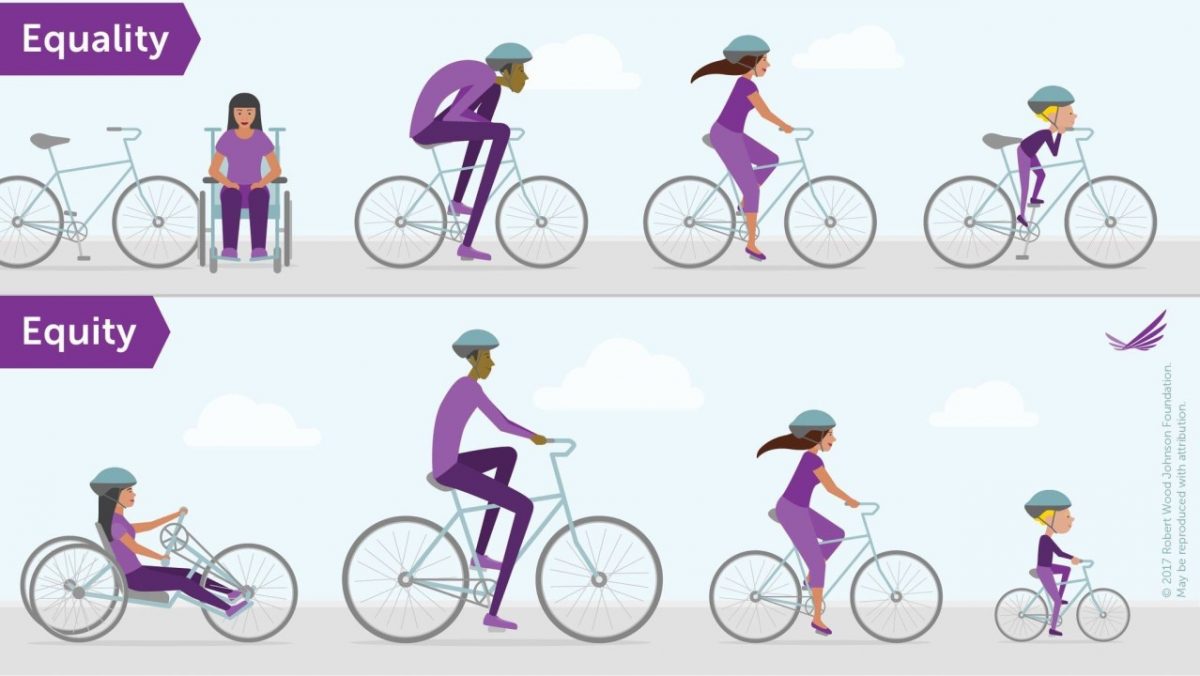Gender Equality and Equity
Equality and equity. These two words have appeared in just about everything. In the news, in classrooms, in meeting rooms, on all levels of government, sports, the list goes on. They may sound similar, but they are as distinct in their own definition and practical use as dessert and desert are.

UNESCO defines gender equality as women and men having equal conditions, treatment, and opportunities to realise their full human rights and potential to contribute to political, economic, social, and cultural development, and to benefit from the results.
It is the equal valuing by society of both the similarities and the differences between women and men, and the different roles they play. It is based on women and men being full partners in their home, community, and society [1, 2].
Gender equity is the process of being fair to both women and men. It is targeted measures often put in place to compensate for historical, social, and systemic discrimination that prevent women and men from otherwise being equals. Equity is a means that leads to equality [1, 2].
